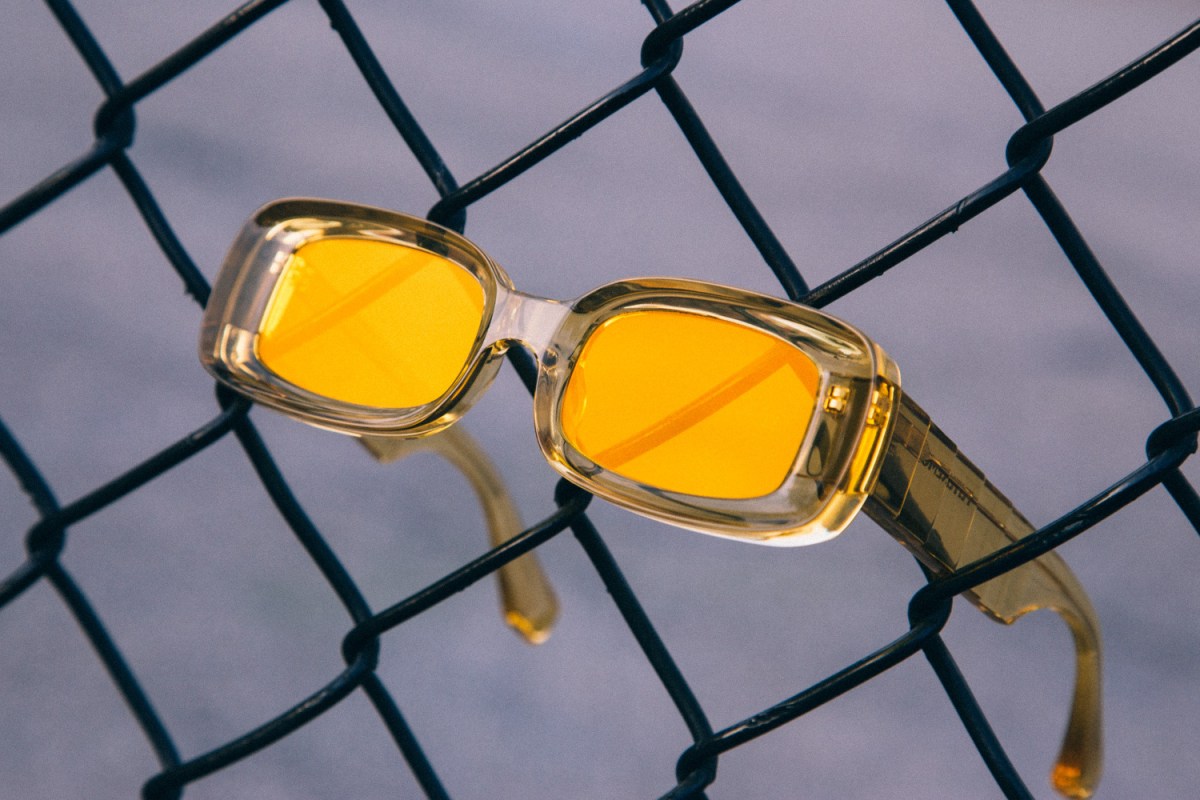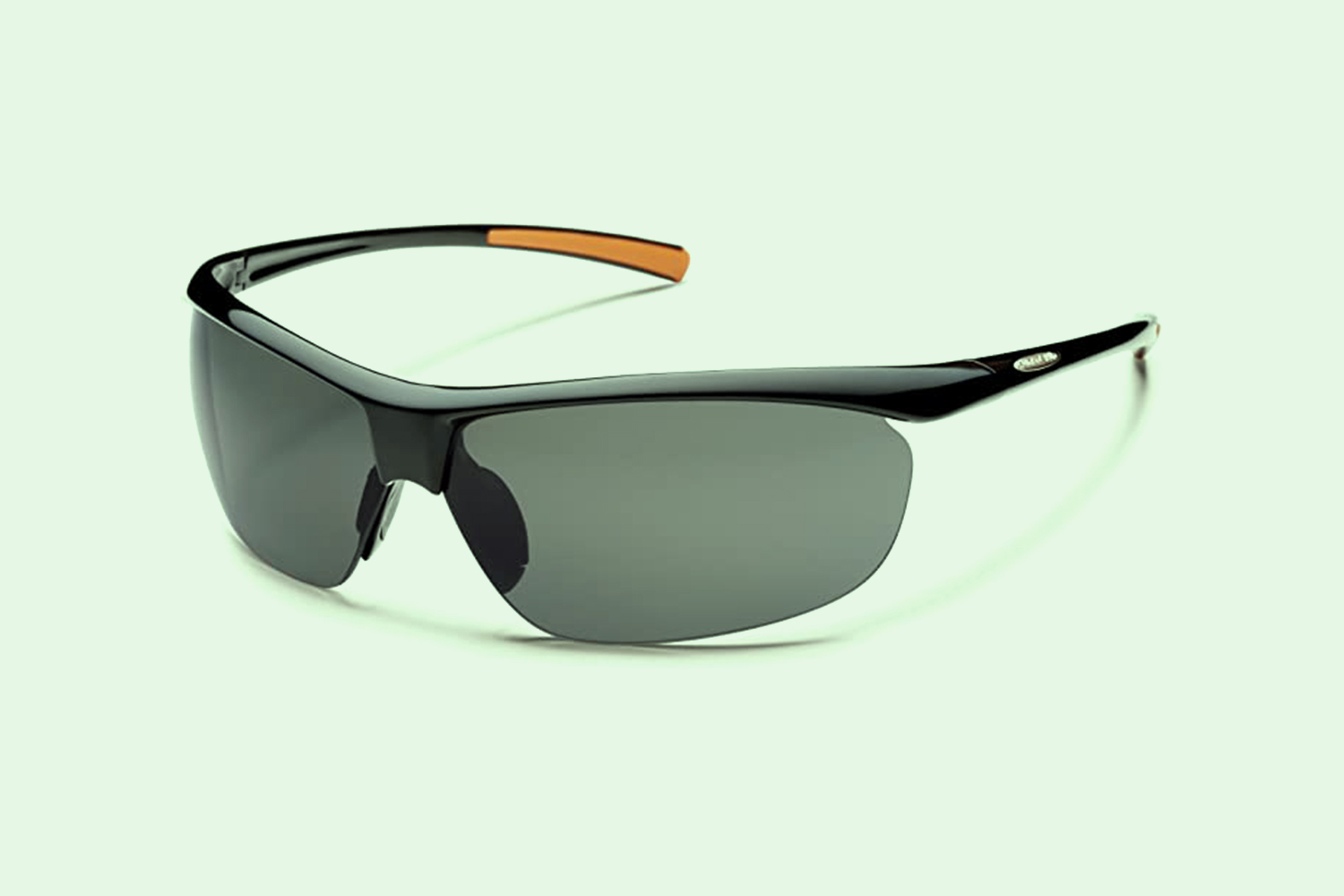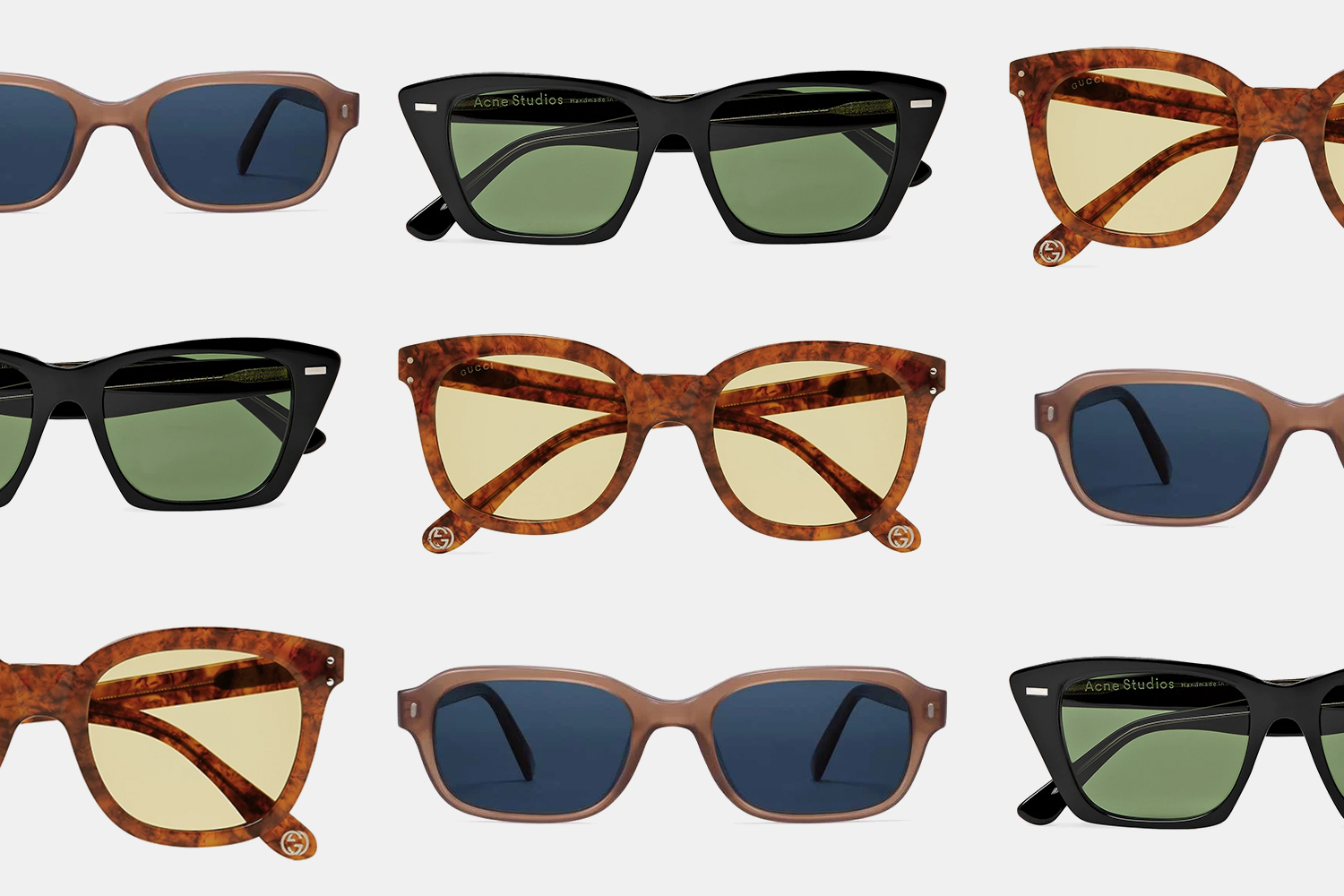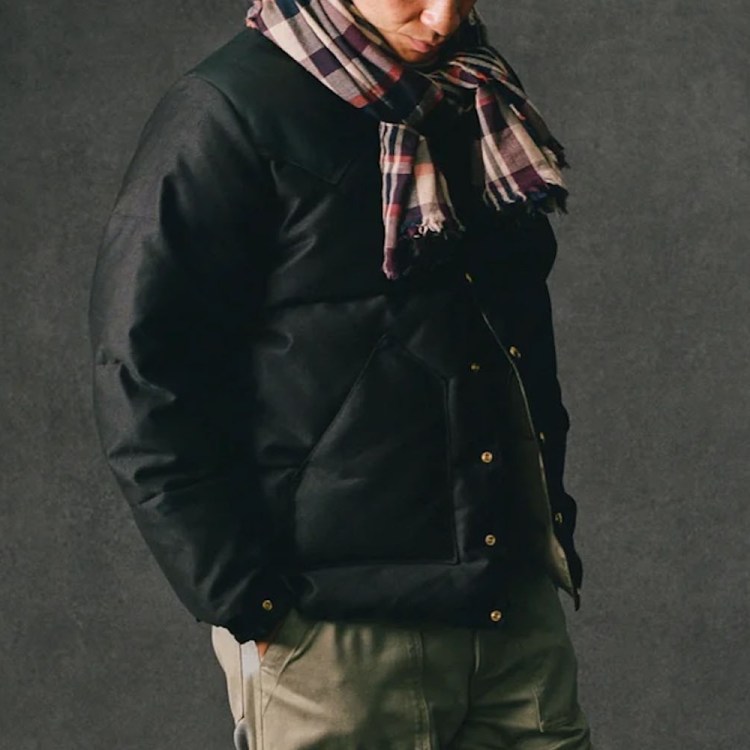Nota bene: All products in this article are independently selected and vetted by InsideHook editors. If you buy something, we may earn an affiliate commission.
When Austin Soldner was a boy, he had an asthma attack in the middle of a basketball game. As players and parents gathered around him, one woman rushed out of the crowd and held a blue towel close enough to his face that his entire range of vision was swaddled in a soft blue light. His symptoms quickly subsided, and within a few minutes he was back to normal. That, as he tells it, was his first lesson in color therapy.
Soldner is, along with Michael Schaecher, the co-founder of Futuremood, a company that makes mood-altering glasses. I know what you’re thinking: “Eli, I’m very familiar with mood-altering glasses — I filled three of them from a bottle of Cabernet last night!” Which is a good joke, but not the point of this story.
You see, Futuremood makes glasses that, as their website claims, “are proven to alter your state of mind,” which they purport to achieve thanks to tinted “Halochrome” lenses manufactured by legendary German lensmaker Zeiss. (If you’ve never heard of Zeiss, talk to your optometrist or a photographer friend.)
Schaecher, a marketing and branding expert, and Soldner, an industrial designer, had just finished bringing Bose wearables to market when they decided the sunglasses industry was ripe for disruption. Not in a Warby Parker, direct-to-consumer marketing-model sort of way, but from an engineering and product perspective. There had been very little innovation in recent years, that wasn’t, as Schaefer puts it, “going to be prescribed in a doctor’s office.”
They were curious why, with all the progress in manufacturing, nobody was pushing the envelope in terms of sunglass technology. This led them to take lots of preliminary meetings with manufacturers, which in turn led them to Zeiss, where they learned of a lens the German experts had been working on called Biochrom that could effectively alter your state of mind. Interest was mutual, and Zeiss decided to license their lens technology to Futuremood, who would in turn handle design, branding and marketing. They redubbed the lenses Halochrome and were off to the races.
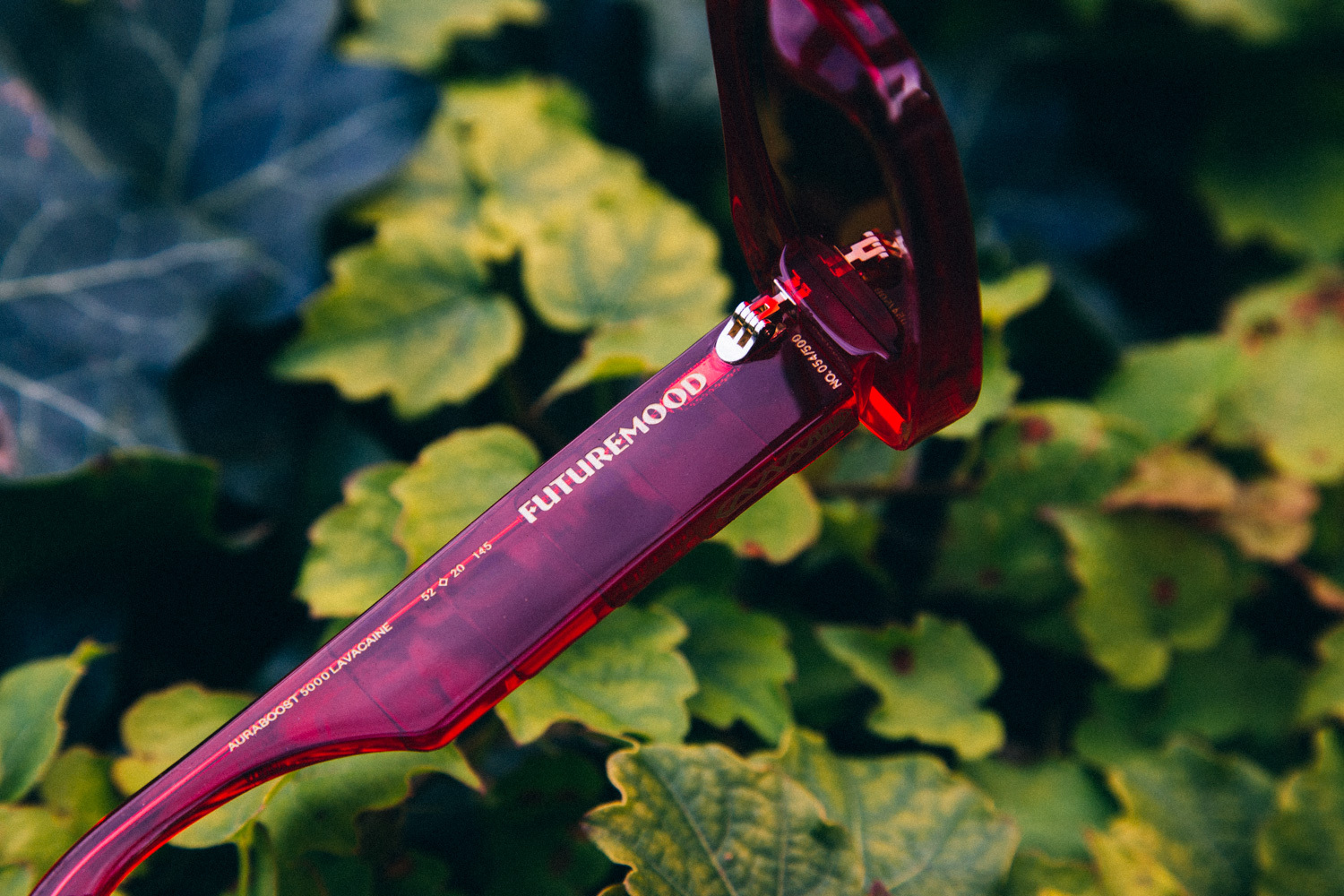
So, Do They Actually Work?
The 100, a Persol-esque rounded frame, and The 5000, a wide, narrow rectangular frame, each come in four different colors — which they call “auras” — meant to achieve four different effects: green is calming, yellow is focusing, red is energizing and blue is recharging.
They are, if nothing else, powerful. These are not like sunglasses with colored lenses that you’ve worn before; no, those merely tint your world the color of the lens. With these, there is no tint — you are consumed in a sea of yellow or red or blue or green. This in itself creates a certain placebo effect: whether it’s therapeutic or not, you will feel something.
Did my mind suddenly become a Fordian assembly line of efficiency when I put on the yellow specs? No. But they are addicting, and I find myself throwing them on with increasing frequency as I sit down to think or work. They lend a romantic tinge to the world, like I’m in a work of 1970s Italian cinema. The red lenses, meanwhile, really do make me feel more energetic. Not like I just took a shot of espresso, but like I am better able to channel my energy when I wear them.
It’s not all roses and daffodils, though: the glasses definitely wear on the eyes a bit, and need to be removed after about 30 minutes of continuous use. It can also be difficult to read with them. For a more pacific effect, look to the green or blue, which both live at the more soothing end of the color spectrum.
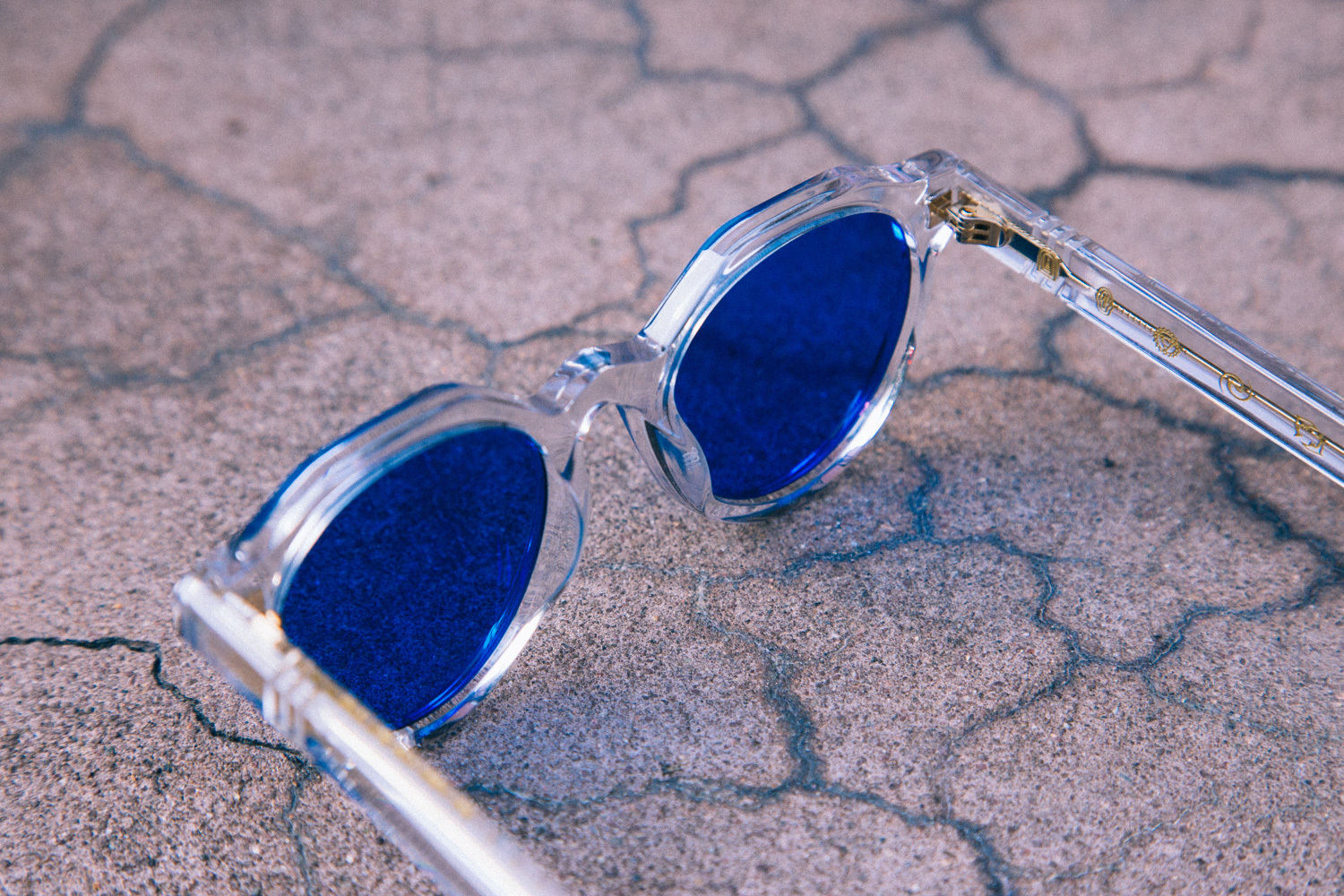
More Than a Sunglasses Company
One thing that’s clear — pun intended — is that Schaecher and Soldner really care about the quality of their product. The glasses are made from high-quality Japanese acetate and gold-plated hinges to go along with the Zeiss lenses, and the packaging takes things to another level; each pair comes in a two-part rectangular box the same color as the lenses, and inside you’ll find a felt bag, lens cleaning cloth, incense matches and tarot-style card detailing how to use the lenses, complete with notes on how to christen your glasses with an unboxing ceremony.
In my conversation with the founders, I mentioned that this last part seems a bit hippy-dippy — perhaps a deliberate marketing tactic catering to the kind of boho-chic folks who would buy a pair of mind-altering glasses. They agreed, but talked up the importance of the customer “experience”: Why shouldn’t the act of putting on the glasses be an event?
I get the sense that Schaecher and Soldner aren’t just in this to build a company they can peddle over Facebook and Instagram ads to eek out a small profit by slightly outearning their spend. They’re looking to trademark a lifestyle. Just look at their site; it’s about the furthest thing you’ll find from the copycat clones of the so-called “blanding” era of ecommerce, vibrant and undulating and undoubtedly a conversion specialist’s nightmare. Think of it less as a shop and more as a jumping-off point for the trippy world you’re going to enter when you put on the glasses.
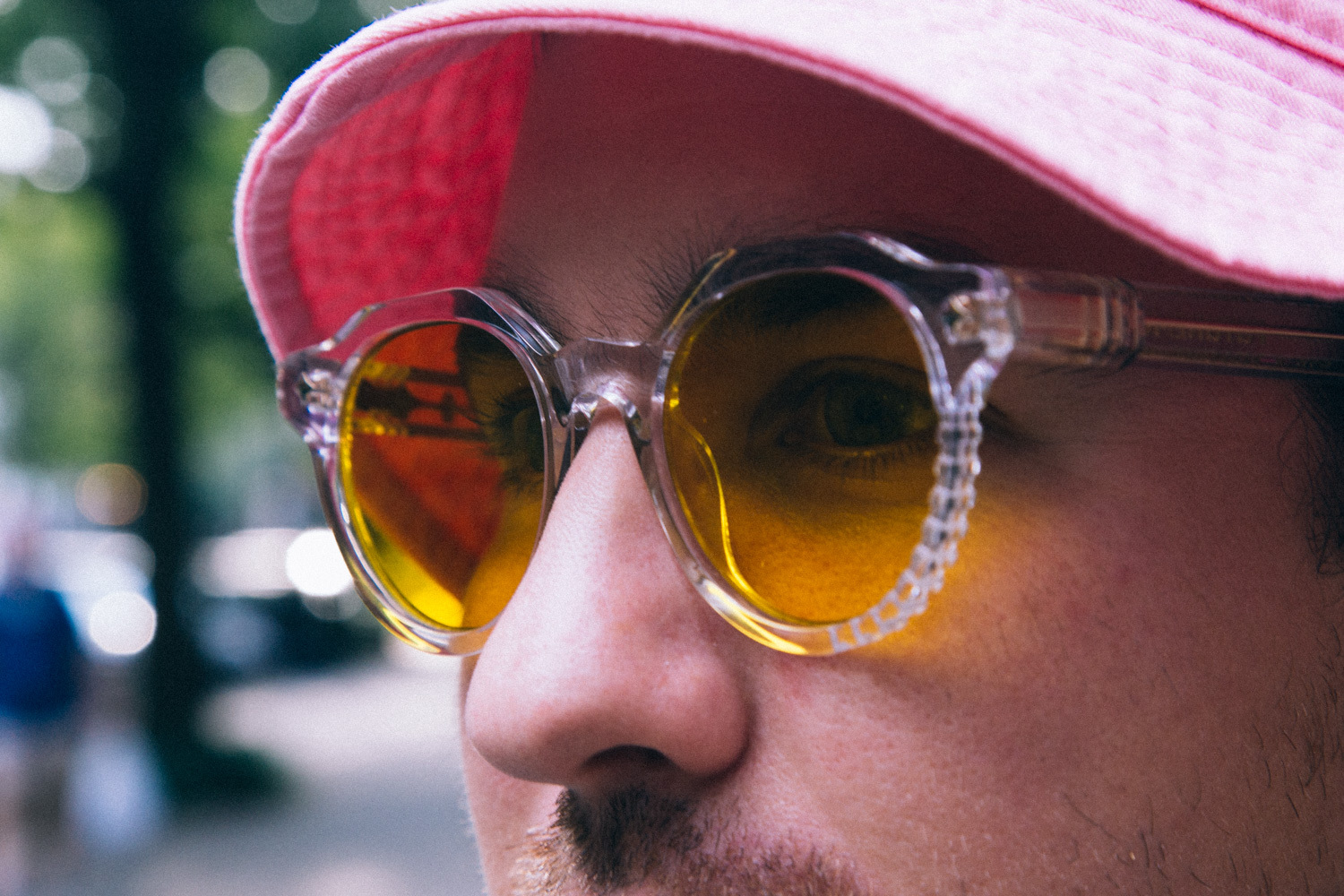
The Final Verdict
As with most new products, there are a few downsides. The lenses can definitely weigh on your eyes, and if you wear them continuously for too long, a headache might be in your future. And the avant-garde silhouettes, while of the utmost quality, might feel painfully hip to more conservative dresser. For those in want of a little flair, though, they are sturdy and heavy and undoubtedly stylish. These are no cheap gas-station sunnies; they are luxurious, on par with frames from places like Gucci and Prada, but at about half the price. And remember: if you get called out by a hater, you can always just explain how you bought them to try and alter your mindstate for the better.
The brand is run between L.A. and San Francisco, perfectly placed for the ethos they’re selling. On the backend, they are technical and engineered to a high standard, and on the front end, they seem acutely poised to appeal to a generation of would-be Instagram and TikTok influencers. As self-proclaimed sneakerheads, both founders expressed to me their desire to be the Nike of sunglasses. In that, they mean they want to become a powerhouse from both a technical and stylistic perspective. They want to help people be more productive and proactive, but also want to hold a certain amount of hype in specific communities of consumers.
They also tell me that new products are under wraps but on the way. What’s certain is they’ll make you feel something — whether that something is for you is ultimately in the eye of the beholder.
We've put in the work researching, reviewing and rounding up all the shirts, jackets, shoes and accessories you'll need this season, whether it's for yourself or for gifting purposes. Sign up here for weekly style inspo direct to your inbox.
